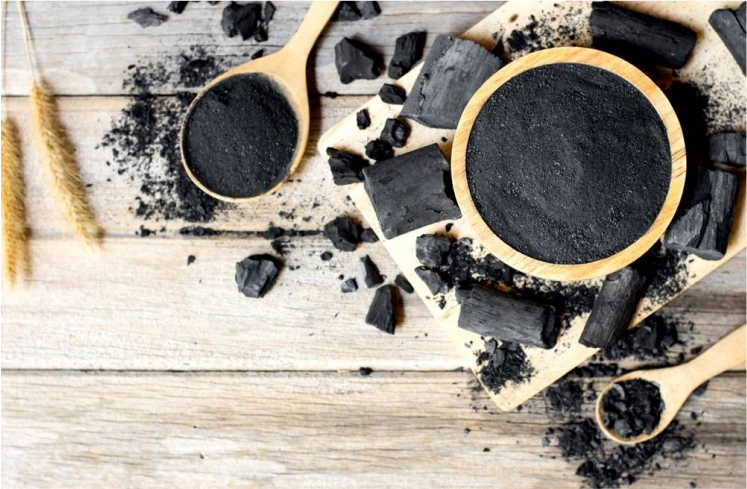Process
Charcoal Briquettes Production Process PT Sincha Sembilan Nusantara
Various lengthy processes are carried out to produce the best briquette products for users. We are committed to producing high-quality charcoal briquettes that are environmentally friendly and ideal for use as shisha and barbeque fuel. Here are the main stages in our production process
The production process begins with the selection of coconut shell charcoal raw materials that meet high quality standards. We ensure that only the best quality raw materials will be used in every stage of production. After being carefully selected, the raw materials are then crushed into smaller sizes to prepare them for the next stage of production.

Carefully mixing the raw materials according to the predetermined composition is an important step to ensure the uniformity of the final product. This mixing process is carried out using specialized equipment that ensures all ingredients are evenly and homogeneously mixed. Each raw material is measured with precision and mixed carefully to achieve the optimal mix. This is essential to ensure that each briquette produced is of consistent and superior quality, density and combustion efficiency.
In this stage, the pre-mixed raw materials are reprocessed using a specially designed state-of-the-art crusher to produce charcoal powder with a very fine and uniform texture. This process not only ensures that all charcoal particles are of a consistent size, but also helps in achieving an even distribution of the binder. The end result is a homogeneous and high-quality mixture, which will produce briquettes with optimal combustion strength and efficiency. This consistency is essential for maintaining high quality standards in every batch of charcoal briquette production.
Charcoal raw materials that have been crushed and mixed with binders are formed into briquettes of a certain shape and size. The charcoal mixture is fed into a special machine, where high pressure is applied to ensure the briquettes are formed densely and uniformly. Once formed, the briquettes are removed from the mold and are ready to be moved to the next stage in the production process. This stage is important to ensure the briquettes have good density and quality.
The formed briquette sticks are then cut into shorter pieces according to the desired size. This cutting is done using specialized cutting machines designed to ensure each piece is of uniform length and high precision. This process is critical as it determines the consistency of the size and shape of the briquettes, which in turn affects how they are packaged and marketed. In addition, accurate cutting helps to maintain the overall quality of the product, ensuring that each briquette is easy to handle, pack and store before it enters the final drying or packaging stage.
Finishing Process
The Quality Control (QC) Stage We Perform
We are committed to ensuring every charcoal briquette produced meets the highest quality standards. Therefore, we implement a series of strict Quality Control (QC) stages to ensure our products are safe, efficient, and in line with customer needs.
Burning Test
Briquettes are tested by ignition to ensure that they ignite easily and burn evenly. The test also checks the quality of combustion, including the amount of smoke produced, the heat generated, and the stability of the fire during use.
Drop Test
Briquettes are dropped from a certain height to evaluate their strength and resistance to breakage. This test ensures that the briquettes are not easily crushed or broken during transportation, storage, or in daily use when they are later used.
